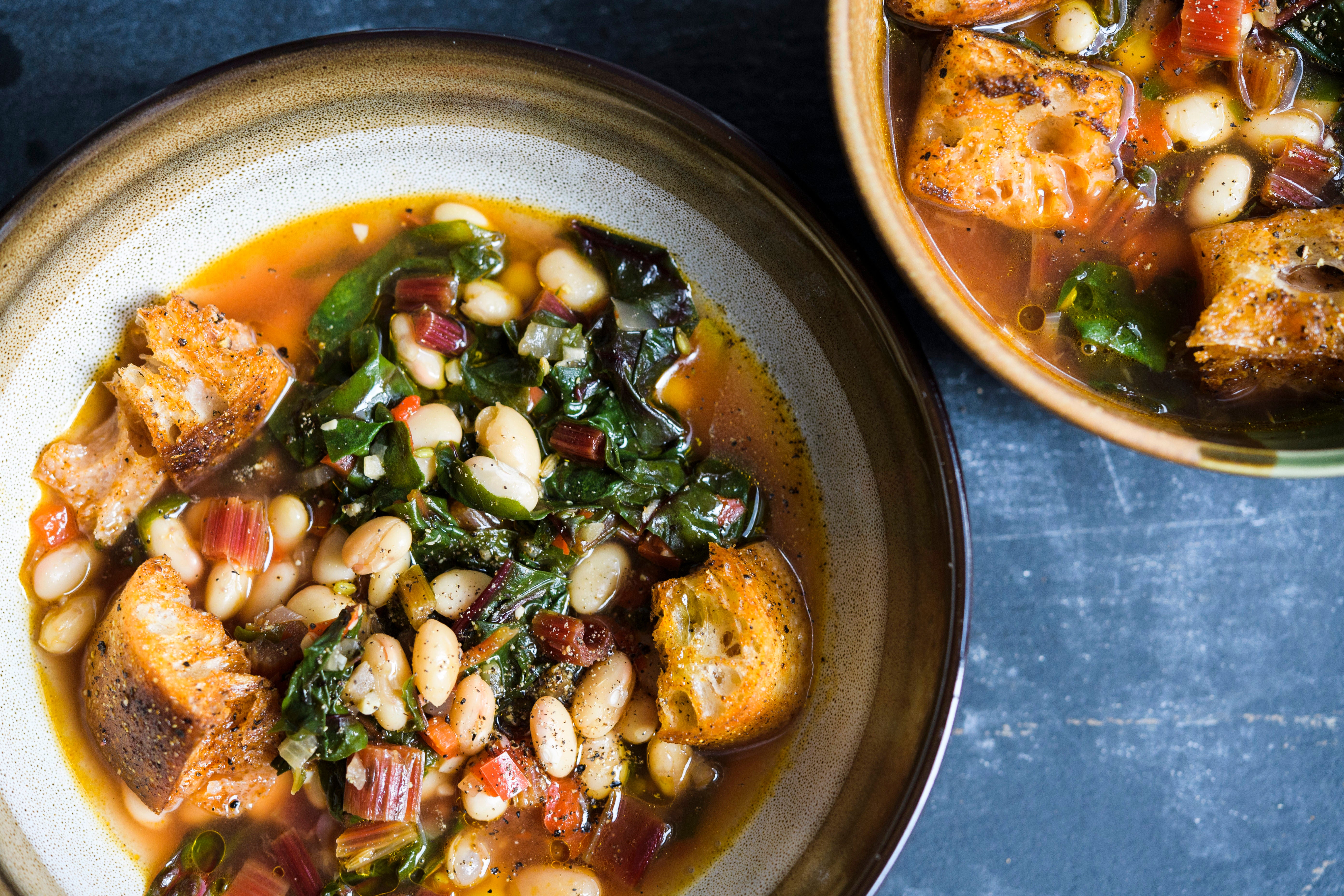There’s nothing poor about this Italian cucina povera
Don’t take the Italian term cucina povera too literally, since the Italian for “poor kitchen” hardly reflects the food or the people preparing it

Your support helps us to tell the story
From reproductive rights to climate change to Big Tech, The Independent is on the ground when the story is developing. Whether it's investigating the financials of Elon Musk's pro-Trump PAC or producing our latest documentary, 'The A Word', which shines a light on the American women fighting for reproductive rights, we know how important it is to parse out the facts from the messaging.
At such a critical moment in US history, we need reporters on the ground. Your donation allows us to keep sending journalists to speak to both sides of the story.
The Independent is trusted by Americans across the entire political spectrum. And unlike many other quality news outlets, we choose not to lock Americans out of our reporting and analysis with paywalls. We believe quality journalism should be available to everyone, paid for by those who can afford it.
Your support makes all the difference.Cucina povera, as so much of the cooking in Italy is, too often is translated too literally: poor kitchen. But that’s not a reflection of the food or the people who prepare it. It’s more about making delicious whatever you happen to have around.
Such is the case with the Tuscan soup known as ribollita, a robust peasant dish that makes the most of two of the humblest ingredients — beans and leftover bread. The name means “reboiled,” since this soup originally comes from reheating bean soup and adding bread. But in this recipe from our book “Milk Street Tuesday Nights,” we start from scratch and still manage to get a tasty dinner on the table in just over half an hour.
Historically, stale bread was crumbled and mixed into the soup to turn it nearly into a porridge. Some Italians say this “soup” should be thick enough to eat with a fork. But we preferred toasting cubes of ciabatta or another rustic bread in olive oil and using the resulting croutons as a garnish so the bread better retained its texture.
Though any variety of sturdy greens works, we liked red Swiss chard for the color it added and for its crispy stems, which we sauté with onions and bell pepper for additional texture and flavor. Great Northern beans held their shape nicely, but feel free to use cannellini instead. If you like, serve topped with grated Parmesan cheese.
—-
TUSCAN SOUP WITH BREAD, BEANS AND GREENS
—
Start to finish: 40 minutes
Servings: 4
5 tablespoons extra-virgin olive oil, divided, plus extra to serve
1 teaspoon sweet paprika
Kosher salt and ground black pepper
5 ounces rustic bread, such as ciabatta, cut into 1-inch cubes (4 cups)
1 medium red onion, finely chopped
1 red bell pepper, stemmed, seeded and finely chopped
1 bunch red Swiss chard, stems removed and sliced ¼ inch thick, leaves cut crosswise into 1-inch pieces and reserved separately
6 medium garlic cloves, minced
2 teaspoons fennel seeds
1½ quarts low-sodium chicken broth
Two 15½-ounce cans Great Northern beans, drained and rinsed
In a medium bowl, stir together 2 tablespoons of the oil, the paprika, and ¾ teaspoon each salt and pepper. Add the bread and toss to coat. Heat a 12-inch skillet over medium, then add the bread and cook, stirring, until crisp and brown, about 7 minutes. Transfer to a plate.
In a large Dutch oven over medium-high, heat the remaining 3 tablespoons of oil until shimmering. Add the onion, bell pepper and chard stems. Cook, stirring, until the vegetables are softened and beginning to brown, about 5 minutes. Stir in the garlic and fennel seeds and cook until fragrant, about 30 seconds.
Add the chard leaves and cook, stirring, until beginning to wilt, 1 to 2 minutes. Add the broth and bring to a simmer, then reduce to medium. Stir in the beans, cover and cook until the chard leaves are tender, 7 to 9 minutes.
Off heat, taste and season with salt and pepper. Ladle into bowls, drizzle with oil and sprinkle with the croutons.
___
EDITOR’S NOTE: For more recipes, go to Christopher Kimball’s Milk Street at 177milkstreet.com/ap